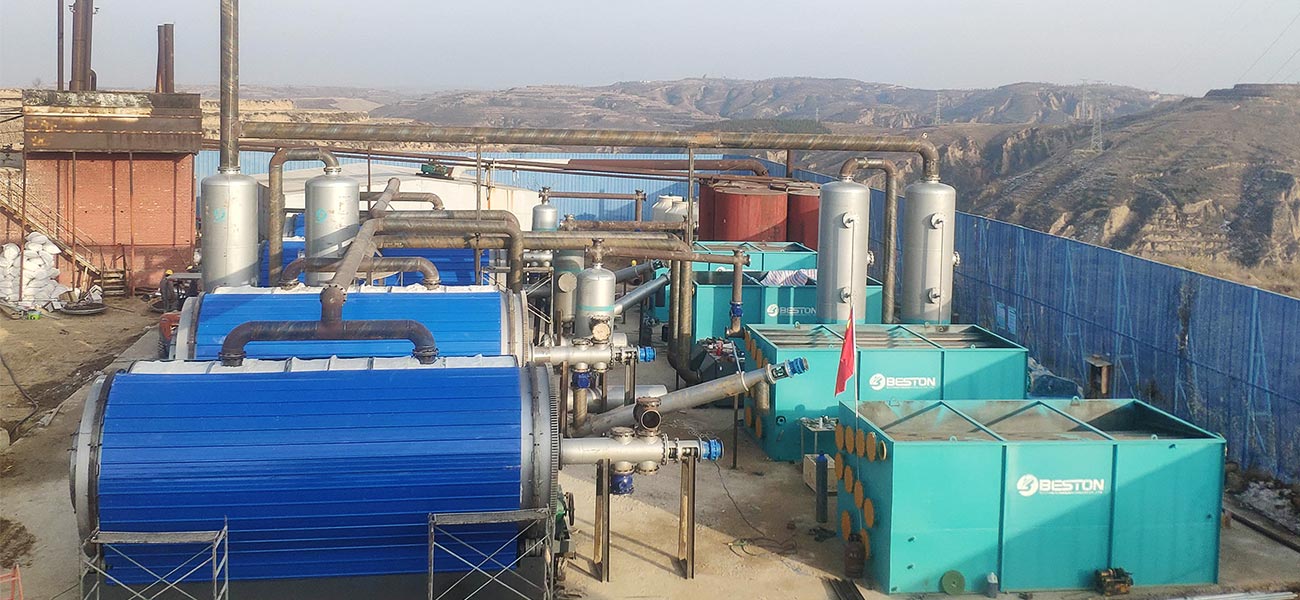In the realm of environmental remediation, thermal desorption stands as a beacon of hope, a sophisticated technique designed to mitigate the impact of hazardous contaminants. However, as with any technological marvel, it is not without its set of challenges and limitations that demand meticulous consideration.
Navigating the intricacies
Thermal desorption, in its essence, involves the use of heat to liberate pollutants from contaminated materials, allowing for their subsequent removal or treatment. The process of thermal desorption unit seems straightforward, yet delving deeper reveals a landscape riddled with hurdles.

1. Temperature Sensitivity
One of the primary challenges in the realm of thermal desorption is the sensitivity to temperature variations. The efficacy of the process hinges on maintaining an optimal temperature range, and deviations can lead to incomplete desorption or, in extreme cases, material damage. Striking the delicate balance becomes a nuanced dance of precision.
2. Contaminant Diversity
The spectrum of contaminants that thermal desorption can effectively address is impressive, but not all-encompassing. Certain compounds may exhibit resistance, requiring supplementary treatments or alternative remediation methods. The challenge lies in categorizing and understanding the diverse nature of contaminants encountered in environmental matrices.
3. Energy Consumption
As we harness the power of heat, it’s inevitable that energy consumption becomes a focal point. The thermal desorption process demands a substantial amount of energy, leading to considerations regarding sustainability and environmental impact. Innovations focusing on energy efficiency become paramount in addressing this limitation. See the oil sludge pyrolysis plant.
4. Scale and Scope
Scaling up thermal desorption for large remediation projects introduces logistical challenges. The sheer volume of material to be processed and the spatial constraints of the setup necessitate strategic planning. The scope of application, therefore, is not infinitely scalable and requires careful evaluation for each unique scenario.
The subtle dance of limitations
In the dance between innovation and limitations, it’s crucial to acknowledge the constraints that shape the narrative of thermal desorption.
1. Cost Implications
The financial facet cannot be ignored. Thermal desorption technologies often come with a hefty price tag, encompassing equipment, energy, and maintenance costs. Balancing the benefits against the economic implications becomes a pivotal decision-making factor for industries and environmental agencies. Check the pyrolysis plant for sale here.
2. Regulatory Compliance
Navigating the labyrinth of environmental regulations adds another layer of complexity. While thermal desorption is a proven technology, ensuring compliance with evolving standards and regulations poses an ongoing challenge. The landscape of environmental laws is ever-changing, requiring constant adaptation.
3. Residual Waste Management
Even as thermal desorption successfully extracts contaminants, the question of residual waste management looms large. The by-products generated during the process may need specialized handling and disposal, adding a layer of complexity to the overall remediation strategy.
4. Public Perception
Public perception plays a crucial role in the acceptance and implementation of any environmental technology. Thermal desorption, though scientifically sound, may face resistance or skepticism from communities unaware of its intricacies. Bridging the gap between scientific understanding and public perception becomes a delicate challenge.
Paving the way forward
As we navigate the labyrinth of challenges associated with thermal desorption, it’s essential to view them not as roadblocks but as opportunities for refinement and innovation. Collaborative efforts between researchers, engineers, and policymakers hold the key to unlocking the full potential of this remarkable environmental remediation technique. By addressing the challenges head-on, we pave the way for a future where thermal desorption emerges as a stalwart guardian of environmental well-being. More information on Beston Group.